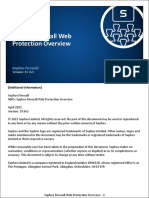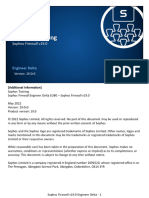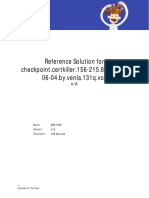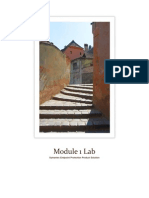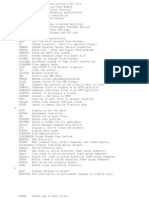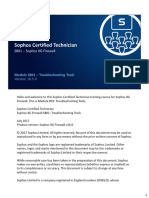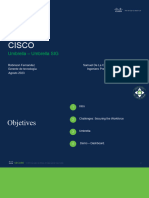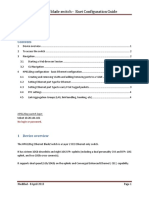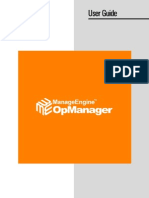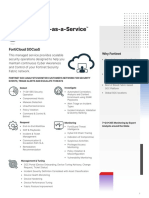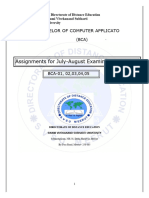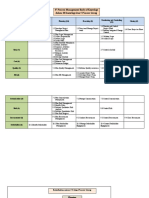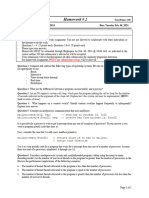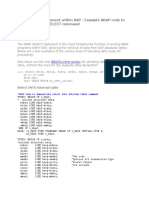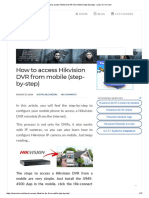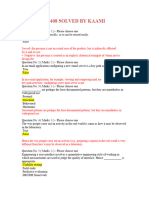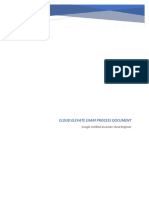0% found this document useful (0 votes)
117 views35 pagesFW1505 21.0v1 Navigating and Managing Sophos Firewall
The document provides a comprehensive guide on navigating and managing the Sophos Firewall web admin console, detailing its various features and functionalities. It explains the structure of the Control Center, the main menu categories, and the use of objects as building blocks for configuration. Additionally, it covers the types of host and service objects, profiles, and provides information on accessing help and logs within the console.
Uploaded by
javier.ruedaCopyright
© © All Rights Reserved
We take content rights seriously. If you suspect this is your content, claim it here.
Available Formats
Download as PDF, TXT or read online on Scribd
0% found this document useful (0 votes)
117 views35 pagesFW1505 21.0v1 Navigating and Managing Sophos Firewall
The document provides a comprehensive guide on navigating and managing the Sophos Firewall web admin console, detailing its various features and functionalities. It explains the structure of the Control Center, the main menu categories, and the use of objects as building blocks for configuration. Additionally, it covers the types of host and service objects, profiles, and provides information on accessing help and logs within the console.
Uploaded by
javier.ruedaCopyright
© © All Rights Reserved
We take content rights seriously. If you suspect this is your content, claim it here.
Available Formats
Download as PDF, TXT or read online on Scribd
/ 35







